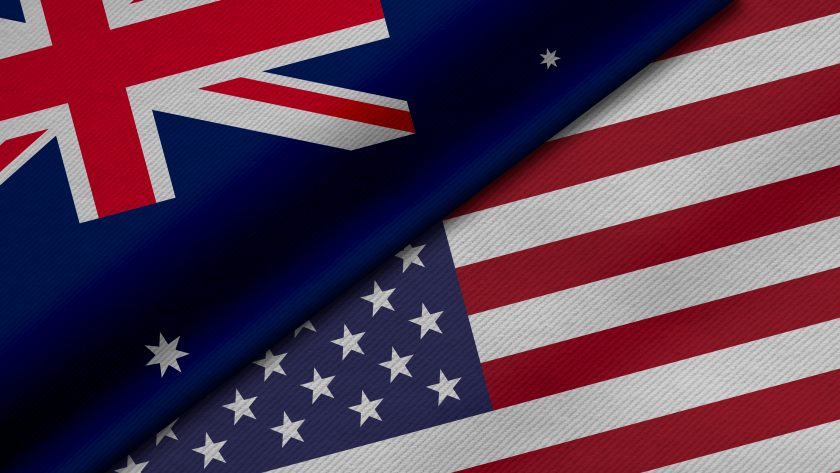
AAAA Urges Federal Government to Act on 25% US Tariff Threatening Australia’s Automotive Component Industry
The Australian Automotive Aftermarket Association (AAAA) is calling on the Federal Government to prioritise trade discussions with the United States to secure relief from the 25% tariff currently applied to Australian automotive component exports under the US Section 232 provisions.
The tariff, originally introduced in 2018 and reintroduced in May 2025, was designed to protect America’s domestic car manufacturing base. However, for Australian exporters who specialise in aftermarket parts that are not sold to US car manufacturers, it remains a significant barrier to competitiveness in our most important market.
AAAA Chief Executive Officer Stuart Charity said the tariff is a critical issue for the survival of Australia’s remaining automotive component manufacturing sector.
“Our industry has worked hard to remain globally competitive despite the end of local vehicle manufacturing,” Mr Charity said. “We now produce world-class, niche components that are in demand overseas, but a 25% cost impost in our largest export market is a heavy burden to overcome.”
“The tariff has nothing to do with the quality or safety of Australian products, which are widely recognised as meeting or exceeding global standards.
“This is about ensuring that our exporters can compete on a level playing field. The US market is vital to the future of our industry, and removing this tariff would be a game changer for jobs, innovation, and investment in Australia.”
The AAAA is urging the Federal Government to:
- Re-engage with their US trade counterparts to seek an exemption or reduction for Australian automotive components under the Section 232 provisions.
- Highlight the high quality and strategic value of Australian-made components in bilateral trade discussions.
- Treat tariff relief as a key priority for supporting advanced manufacturing and export growth.
“The Government has talked about not just protecting, but growing domestic manufacturing. Here is a clear, immediate test of that commitment.”
“This is not about pointing fingers,” Mr Charity said. “It’s about working constructively with our friends to find a solution that supports both countries’ automotive industries. For some of our exporters, this issue could make or break their ability to maintain an Australian manufacturing base.”
